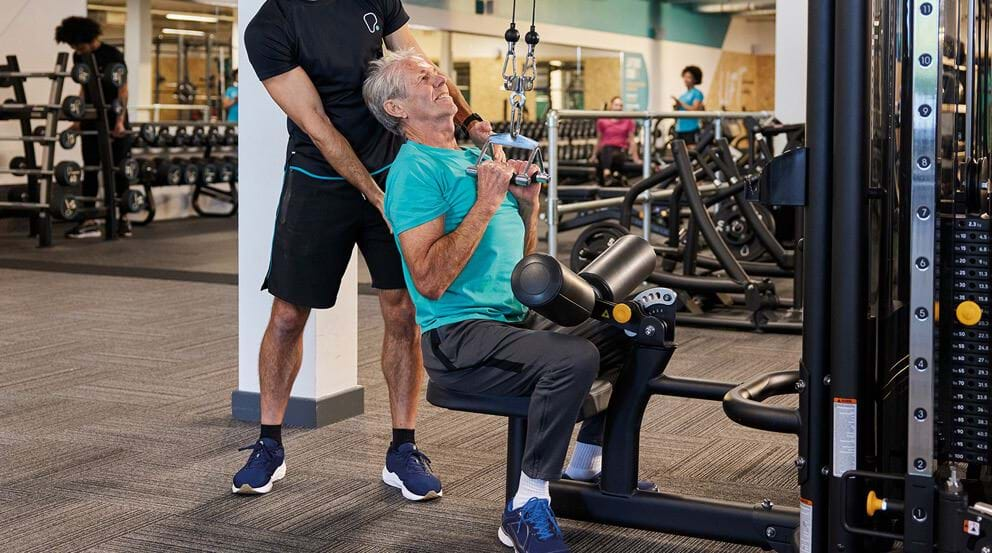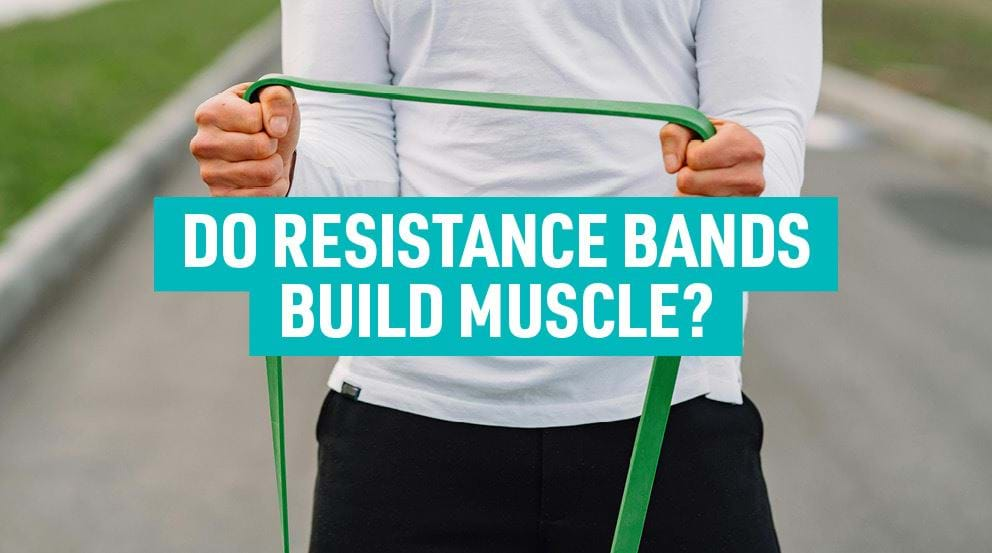Everything You Need to Know About DOMS – The Unnecessary Evil

DOMS --- or Delayed Onset Muscle Soreness --- is that uncomfortable but also strangely satisfying sting that you get in your muscles a day or two after some form of intense training. It can range from being mildly noticeable, to so severe that you have real trouble walking after leg day.
In this article, we're going to investigate DOMS, what might cause it, what it could mean, and what can be done to prevent it.
So, what actually causes DOMS?
As noted in a 2003 article published in Sports Medicine, DOMS is a bit of a mystery, with the exact cause not being known. There are several theories that attempt to explain the pain, though. These include; the build-up of lactic acid in the muscles following exercise, muscle damage, connective tissue damage, muscle spasm, inflammation, and enzyme activity. Some people report experiencing worse DOMS when practising intermittent fasting or dieting at a caloric deficit.
The authors of the 2003 article suggest that a combination of 2 or 3 of these theories will likely serve to explain the condition.
What's clear is that DOMS happens after intense exercise, especially when the person doing the exercise isn't used to that level of intensity in their training. The effects of DOMS generally reduce over time as a person settles into a regular exercise routine, and their body adapts to their training.
Is DOMS a good or a bad sign?
There's an ongoing debate in the fitness world about whether DOMS is a sign of a great workout, or just an unnecessary inconvenience.
While DOMS is certainly a sign that a workout has been intense, when it comes to building muscle, there doesn't appear to be good evidence to suggest that experiencing it indicates greater strength and hypertrophy gains to come. In fact, there are some good reasons to be wary of DOMS.
Some of these include:
- Severe DOMS may leave you unable to properly complete your next scheduled workout to the best of your ability.
- Consistent training should lead to a reduction of DOMS symptoms over time. If you find that you've been doing the same routine for several months but still experience intense DOMS after each session, the intensity of your workouts may be putting excessive stress on your body and increasing your risk of overtraining. While challenging yourself to do your best and progressing your workouts over time is good, keep in mind when you need to take a step back in your training.
- As DOMS may indicate inflammation in the body, among other things, excessive DOMS could be a sign that your nutrition or rest routines aren't up to scratch. Make sure you get enough rest in between your workouts to allow your body time to recover.
What can be done to prevent or treat DOMS?
There are a lot of ideas floating around for how DOMS can be prevented or treated. Here's a look at a few of those.
Massage: A 2005 study found that a 10-minute massage 3 hours after exercise reduced the severity of DOMS by 30%, while also reducing inflammation. The massage also seemed to significantly reduce the increase of DOMS symptoms 3 and 4 days after exercise. The massage didn't, however, have a significant effect on muscle recovery and range of motion. If you've not got money or time to book in for a sports massage, you can use a foam roller to help you reduce muscular pain, or alternatively try our sports massage chairs, available at selected PureGyms. To find out more about our sports massage chairs, click here.
Cold water immersion: A 2012 review found that there was some evidence that cold water immersion might delay DOMS after exercise. Another study, done in 2016, found that cold water immersion after exercise helped to reduce DOMS the following day, but didn't have a significant effect on muscle soreness.
Stretching before and after exercise: According to a 2011 review, stretching before and after exercise resulted in very minor reductions in DOMS, ranging from half a point to 4 points on a 100-point scale. So while it seems unlikely that stretching provide any substantial relief of DOMS symptoms, it still is a way to give some relief and could easily be practiced in the gym or in the comfort of your home. Plus, there are still many great benefits when it comes to stretching, such as improving posture, flexibility, range-of-motion and reducing risk of injury. When it comes to stretching before working out, try doing dynamic stretches which work the body parts your are going to train. Don't forget to leave some time after your workout to do some static stretches where you hold the stretch for about 20-30 seconds for the muscles you've worked.


